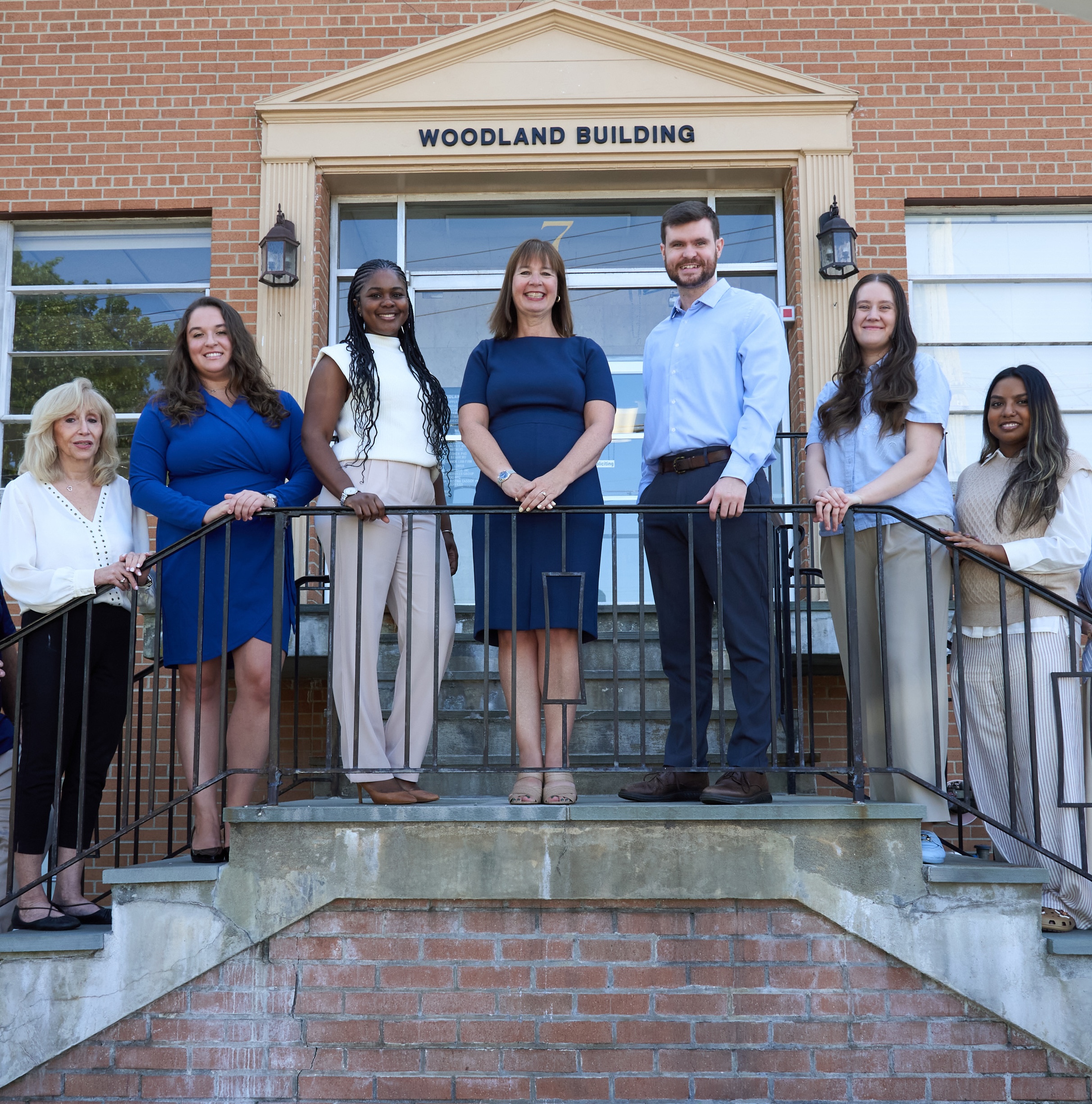As of 2023, over 2.6 million employees suffered from illnesses and injuries sustained in the workplace. It’s easy to blame those exacerbated numbers on the remnants of the COVID-19 pandemic, but in fact, our study found that these injuries stemmed from unsafe workplace practices and lacking safety measures in some of the most dangerous industries.
New data from O’Connor Law revealed that 1.61% of employees working in fields like logging, fishing, roofing, and structural iron and steel work struggled with workplace injuries in 2023 alone. That data inspired this campaign, which strives to inform more people about the dangers associated with certain jobs.
It’s our hope that increased awareness about the risk of injury in certain industries will prompt investigations into their safety practices. We want these industries to invest in improved safety training, better tools, worker-centered scheduling, and reintegration programs that make it easier for injured employees to return to work.
The Dangerous Jobs and the Percent of Non-Fatal Injuries
Some industries are inherently more dangerous than others. Some of the most dangerous industries – and, subsequently, workplace positions – in the United States include the following:
- Logging: Loggers’ consistent use of heavy machinery puts them at significant risk for injury, even before you factor in challenging terrain, bad weather, and the danger of falling trees. According to new data, 1.12% of loggers sustain non-fatal injuries on an annual basis.
- Fishing and Hunting: Hunters and fishermen are at risk for injuries stemming from dangerous weather conditions, their use of controlled weapons, and reactive wild animals. 2.6% of hunters and fishers contend with workplace injuries every year.
- Structural Iron and Steel Workers: Steel and iron workers consistently use heavy machinery to meet their quotas. The combined risk of heavy machinery and working heights makes it easy to understand why 1.168% of workers face injuries every year.
- Roofing: Roofers find themselves for injuries stemming from unpredictable weather conditions, their use of dangerous equipment, and serious falls. Our data revealed that 0.059% of roofers sustain injuries while on the job.
- Aircraft Pilots: Operating an aircraft puts pilots at risk for repetitive stress injuries, not to mention injuries stemming from turbulence or improper equipment handling. Every year, 0.558% of pilots need to take leave to deal with workplace injuries.
What Are the Most Common Workplace Injuries?
These industries all have an air of risk about them, meaning that there’s some overlap between the injuries that, say, an aircraft pilot and a roofer can find themselves dealing with after a bad day at work. Some of the most common injuries that professionals in these industries can find themselves dealing with include the following:
- Slips and falls
- Electrical shocks
- Repetitive motion injuries
- Strains
- Sprains
- Fractures or broken bones
- Cuts and bruises
Employees may also find themselves stuck beneath falling objects or malfunctioning machinery, putting them at risk for emergency amputations or long-term disabilities.
Unfortunately, these injuries can also see victims develop PTSD or anxiety surrounding workplace responsibilities. If injured employees don’t have the resources they need to feel safe at work, they may frequently trigger themselves throughout their attempts to recover.
How do Workplace Injuries Impact Your Daily Life?
Workplace injuries impact more than a person’s ability to return to work. Employees with long-term disabilities may struggle to maintain healthy lifestyles. Some may even find themselves contending with chronic pain.
Injured employees are also more prone to conditions like anxiety, depression, and PTSD. These mental health conditions may make it more difficult for an injured employee to return to work or keep up with their previous responsibilities, especially if they don’t get the support they need to safely return to work.
Unfortunately, workplace injuries can also negatively impact a person’s financial well-being. Lack of workplace support can cause injured employees to struggle to pay their bills or otherwise make ends meet. Some employees may even rush back to work before they’re healed because they need a paycheck. That kind of stress does not promote safe healing.
From a Spokesperson at O’Connor Law
A spokesperson with O’Connor Law, upon considering the data gathered in this study, said, “When employees report 2.6 million workplace injuries and illnesses per year, it’s a wake-up call. Employees sustain more than cuts and bruises. They have to deal with the weight of chronic pain, financial uncertainty, and mental health struggles.
It’s time to ensure every worker gets the training, tools, and support they need to return home safely each day.”
This spokesperson continues, saying, “America’s most dangerous jobs are more than a list. They’re a reality for millions of workers. This campaign sheds light on the risks loggers, fishermen, and officers take daily to provide for their families. By understanding the challenges they face, we can work toward safer workplaces and healthier lives.”
What to Do to Improve Dangerous Industries?
Understanding the dangers presented by some of America’s most high-risk industries is the first step in reducing the number of workplace injuries employees have to deal with on a yearly basis. In O’Connor Law’s investigation, we found that industries with at-risk employees can improve workplace safety by:
- Provide proper training on an annual or semi-annual basis
- Require repeat training over the course of a person’s career
- Require physicals to ensure employees can perform their everyday responsibilities as safely as possible
- Inspect equipment and machinery on a regular basis, calling professional repair staff if a machine looks amiss
- Ensure that employees have access to up-to-date and undamaged safety gear
- Ensure that employees know how to use their safety gear
- Ensure that employees have access to safe-to-use equipment
- Developing return-to-work programs that account for an employee’s limitations and ideal recovery path
Employers can also take steps to reduce their staff’s workplace stress and fatigue. We recommend creating a work schedule that allows employees to rest for a considerable amount of time after long stints of work. We also recommend limiting longer shifts.
Don’t Hesitate to Call a Workplace Injury Attorney in Your Hour of Need
If you’re struggling to recover from a workplace injury, know that you’re not alone. You have the right to hold negligent employers and uncooperative coworkers responsible for injuries you sustained due to their negligence.
O’Connor Law wants to advocate for people in high-risk industries who need representation. Our attorneys are ready to fight for your right to damages while pushing for improvements to industry-wide safety training and tools.
Let’s work together to get you back on your feet sooner rather than later. You can contact our workplace injury lawyers today to learn more about our available services.

